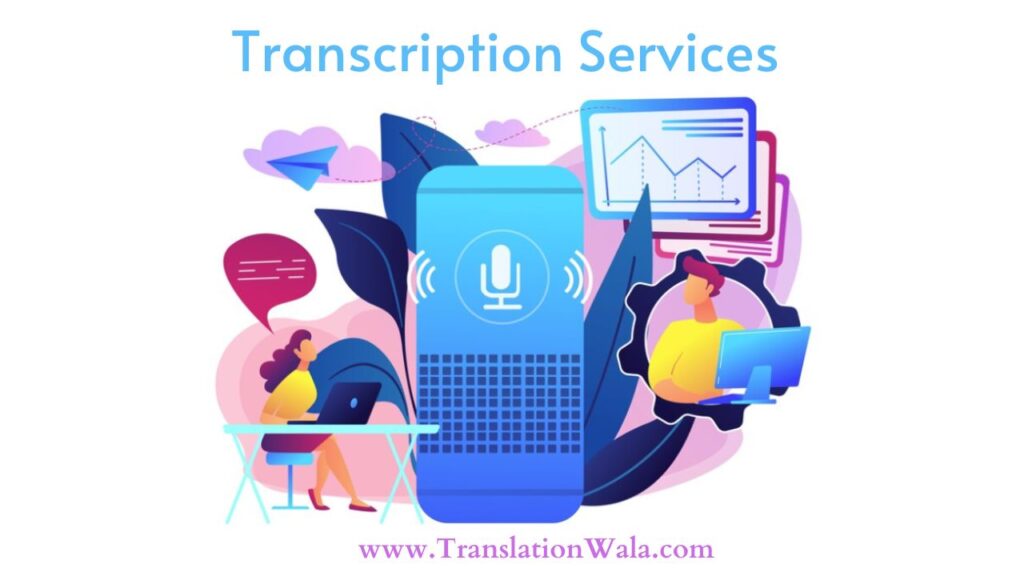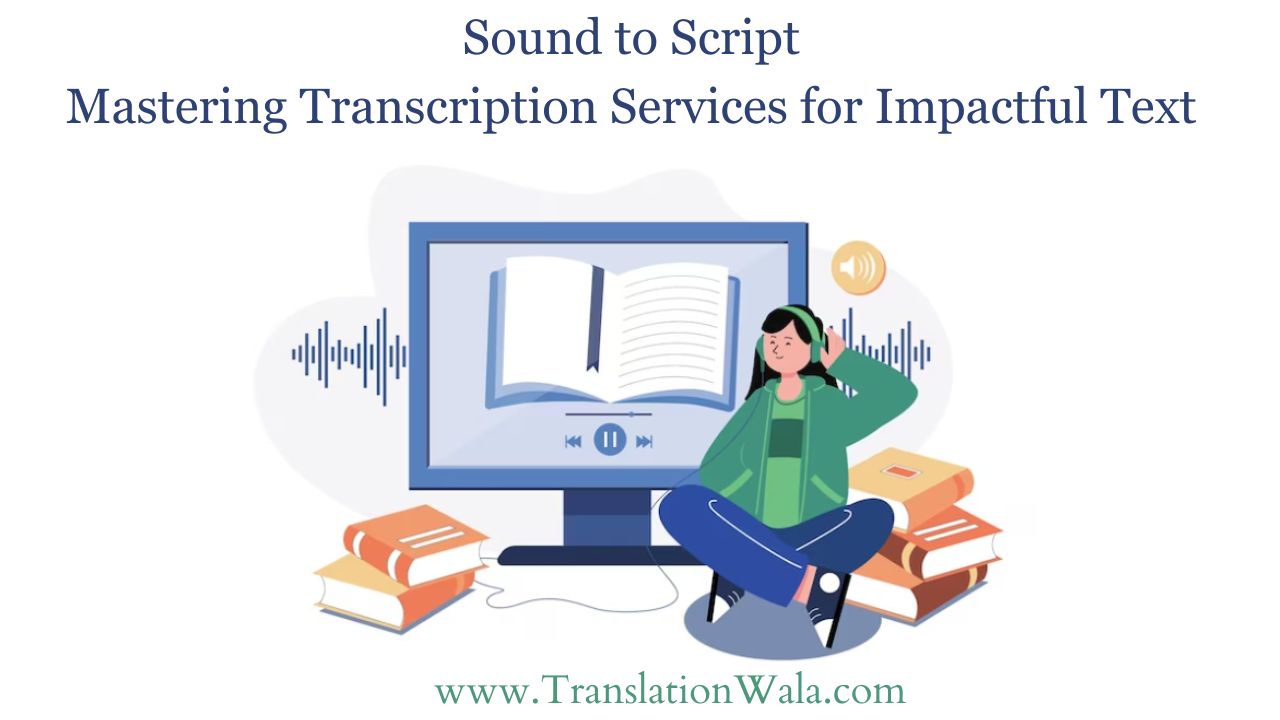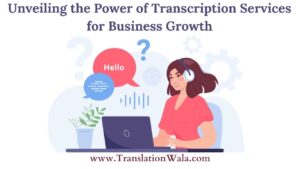In this world full of information, being able to turn spoken words into powerful writing is like having superpowers. Reliable Transcription Services can be your secret tool whether you’re a reporter looking for an important interview, a podcaster making interesting shows, or a researcher going through piles of qualitative data.
But getting around in the world of recording can be like figuring out a language you don’t speak. You might feel lost and confused because there are many systems, price models, and levels of accuracy. Friends who fight words, don’t be afraid! This blog will show you how to use transcription services correctly and get the most out of your audio material.
Why Transcribe? The Power of the Written Word
First, let’s enjoy the magic of writing before we get into the details. In it, you can:
- Unlock the goldmine of information: There is a lot of information and ideas to be gained from interviews, talks, meetings, and focus groups. This prize chest can be searched, analyzed, and shared after it has been transcribed.
- Boost accessibility: Having transcripts of your content makes it available to more people, including those who have trouble hearing or prefer to see things.
- Repurpose and amplify: You can turn transcripts into blog posts, stories, plays, or even subtitles, which helps your audio content reach more people and have a bigger effect.
- Improve accuracy and efficiency: Because transcripts are a reliable record of spoken words, you don’t have to re-listen to audio files, which saves you time and prevents misunderstandings.
Also Read: Why English to Punjabi Translation is Essential for Business Success in India

Choosing the Right Transcription Service: A Matter of Fit
Let’s get to the important stuff now. There are so many copy services out there that it can be hard to pick the right one.
- Accuracy: This is very important. For music that is hard to understand, look for services that have trained human transcribers and a high rate of correctness.
- Turnaround time: Need something done quickly because of a tight deadline? Or Are you okay with waiting for a more thorough approach?
- Pricing: Prices depend on things like the quality of the sound, how quickly you need it, and what options you want. Look at different plans until you find one that works for you and your cash.
- Features: There are some services that give extra features like timestamps, speaker recognition, and speaker diarization. Pick traits that will make your work easier.
- Security and privacy: Make sure that the service puts data protection first and follows all privacy laws.
Beyond the Basics: Pro Tips for Impactful Transcripts
After picking a service, here are some tips from the pros:
- Prepare your audio: The results are better when the audio files are clean and there isn’t much background noise.
- Provide context: Sharing details about the person, their accent, and technical terms can help transcribers make better copies.
- Proofread and edit: Check texts for spelling and grammar mistakes. Don’t forget how powerful a good polish can be!
- Integrate with your workflow: A lot of services let you connect them to other tools, like media sites or project management software. Cut down on steps and time spent on them.
- Feedback is key: Give your service comments to help them make better copies in the future and to build a working relationship.
From Sound to Script and Beyond: The Enduring Value of Transcription
Learning how to use Transcription Services well will make you more productive, accurate, and easy to reach. It’s about finding the secret value in your audio material and turning spoken words into texts that have an effect and last. Use sound to write to its fullest, and watch your work fly to new heights.
Don’t forget that the road to powerful writing doesn’t end with the copy. Use it as a starting point for more research, creative reuse, and getting people involved. There are a lot of options, and if you use the right tools and methods, your audio material can be a great way to get people to learn, be inspired, and take action.



